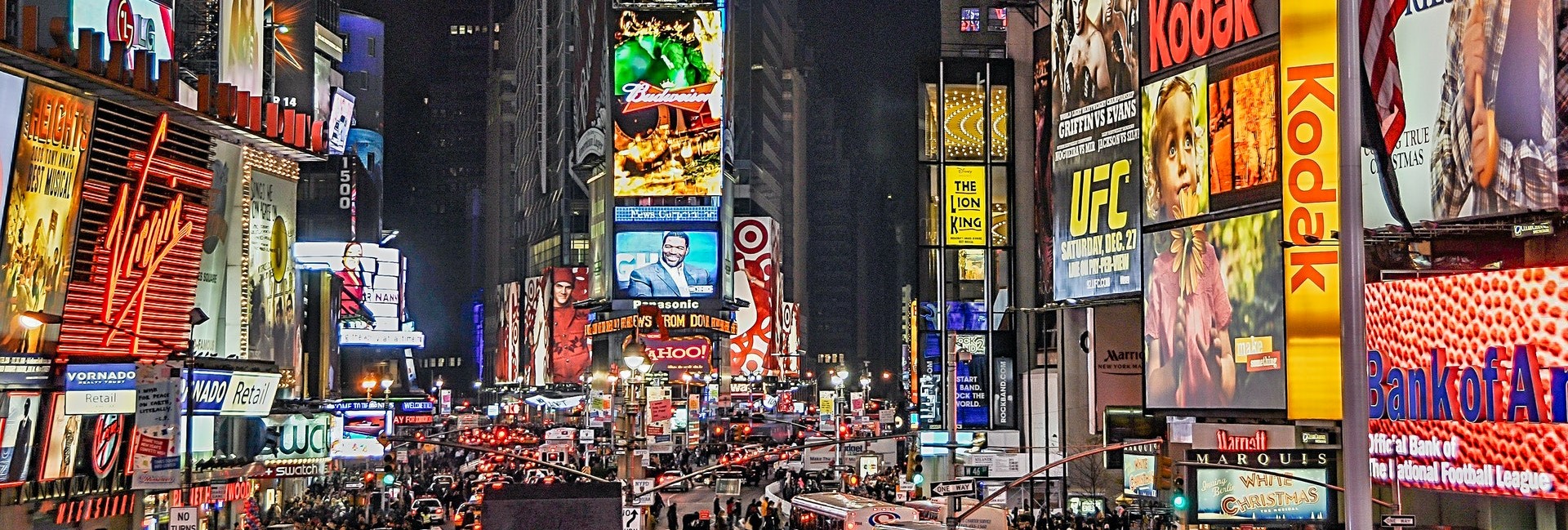
When was the last time – if ever – that you were convinced by an advert on the telly to part with your hard-earned cash? Do you even pay attention to TV adverts anymore? And what is the purpose of adverts in 2021?
Being the attention-span-deprived Gen-Z consumer that I am, I often take TV ads as leave to dive back into the world of my phone and the many distractions it offers. Why waste time being advertised at?
For me, television adverts fall broadly into two categories: the grandiose and the ‘meh’. Fragrance and car adverts, for example, drip with pretentious zeal, showcasing the undisputed godhood their brand will inevitably bestow upon you if you would buy their products. Then you have the ‘meh’ adverts, which largely encompasses everything else – adverts so insignificant that you forget them shortly after watching like a bad dream just after waking.
Social media advertising is a much more nuanced – if awkward – beast. The adverts you see are tailor picked for you by an algorithm like some creepy robotic private shopper which, most of the time, presents uncannily accurate advert matches. Because social media advertisers have access to the wealth of data you provide them with, they have hundreds of metrics upon which to base their campaigns which, in theory, should provide users with more relevant adverts.
These two advertising channels – linear television and social media – represent the lion’s share of current and future adspend; WARC forecasts that linear TV will account for 31.5% of adspend next year, and social media 39.1%.
But this investment is at odds with consumer behaviour, according to the WARC report. Users only spend 16.1% of their media consumption with TV, and 21.4% with social media. Do these inflated investment figures represent the importance of the channels, or an industry backing the wrong horse?

Of course, it’s somewhat reductive to lump all advertising into the same cart. Brands and their associated values vary vastly, as do their products. To match this, companies choose where to place their adverts to maximum effect; the adverts played during Loose Women and the latest hard-hitting Channel 4 drama vary greatly, for example. Similarly, the display adverts encountered on the Financial Times promote high-end luxury brands, compared to the slew of cheap products offered up by Facebook’s algorithm.
Companies are not always looking to sell you a specific product, either. TV adverts – which can reasonably be lumped in with billboard and non-digital advertising – often sell a brand or idea.
Coca Cola, for example, doesn’t advertise its newest drink per se, but rather gets its logo in front of your eyeballs at literally any available opportunity. Football stadiums, posters, and vending machines are all adorned with its branding, scarcely letting you forget for even a minute that they and they alone are the dominant manufacturer of syrupy brown liquid on this planet.
Knowing this, it perhaps becomes easier to understand why so many companies still invest vast sums in an increasingly less-consumed medium.
Social media represents a vast ocean of advertising opportunities for marketers to exploit. Adverts on the platform can range from algorithm-recommended posts on Facebook to audience-specific video adverts on YouTube. No two social media channels are the same and, appropriately, neither are their respective advertising approaches.
Making this most of this opportunity is something companies have done to varying degrees of success. Some mange to hit their target audience on the head with appropriate advertising solutions; Wondrium, an educational documentary provider, sponsors many education YouTube channels, therefore positioning itself directly in front of actively engaged future customers.
Other companies, such as ClickUp (a project management tool), aggressively target you with their blisteringly cringe video adverts after so much as googling ‘project management tools’. This is the power of targeted advert campaigns: if a company has the right data, budget, and strategy, it will get its content in front of you whether you want it or not.

One thing is clear from the data – the media we consume, in many ways, shapes our lives in ways we sometimes may not realise. The longevity of linear TV – despite many commentators predicting its death in the wake of on-demand content – is clearly indisputable. Companies will continue to invest vast sums in its advertising so long as it maintains its massive hold over the attention of the population.
While the incoming death of third-party cookies threatens to throw a spanner in the works of many digital advertising strategies, social media advertising will remain largely unaffected. The wealth of data available to marketers through these platforms more than makes up for the third-party cookie data they might otherwise have had access to.
Media, by its very nature, is an ever-evolving beast. Technology affords marketers a wide variety of tactics and data, but this same technology is constantly changing the paradigm of what it means to be an effective advertiser.
What will adverts look like in 50 years from now? Hopefully they won’t be projected directly into your retinas by then. But then again…
Advertiser spend on TV and social media is twice as high as daily consumption